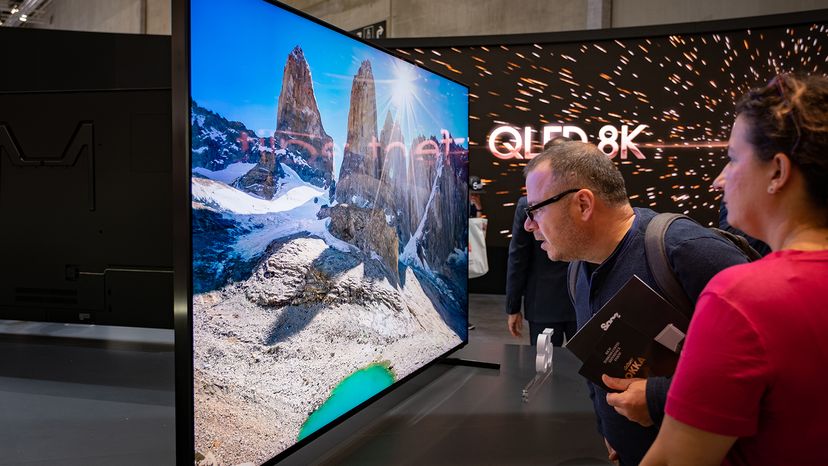
If you're shopping for a new TV, you may have to weigh the pros and cons of a QLED vs. OLED TV display. These two types of technology are similarly named but fundamentally very different.
QLED is short for quantum dot light emitting diode, while OLED stands for organic light emitting diode. These technologies impact a television's picture in different ways, with each one offering distinct advantages and trade-offs.
Advertisement
But both are at the forefront of display technology, making the choice between the two of them a matter of personal preference. To get a better grasp on what sets a QLED TV apart from an OLED TV, it's helpful to review how the two technologies work.